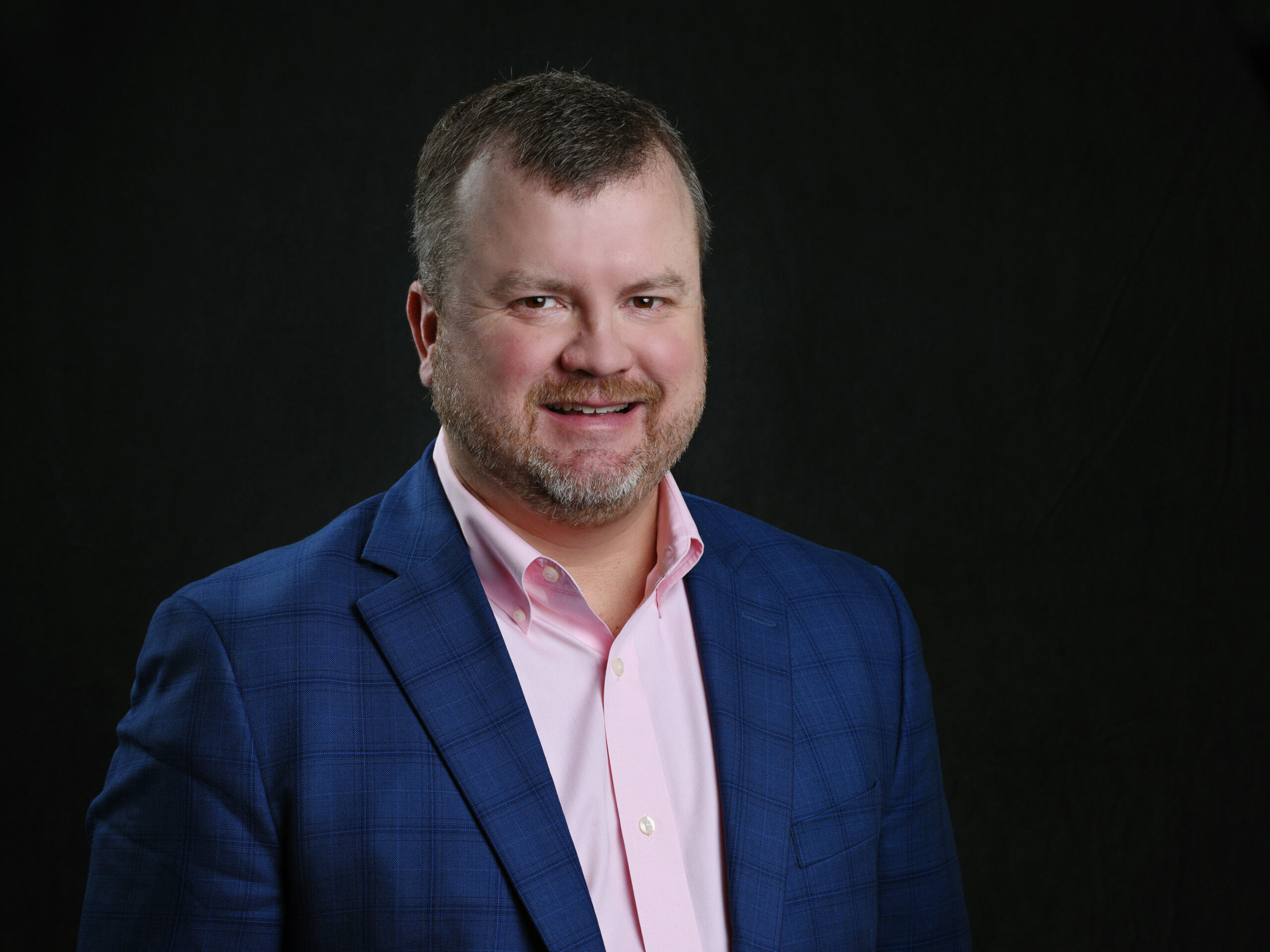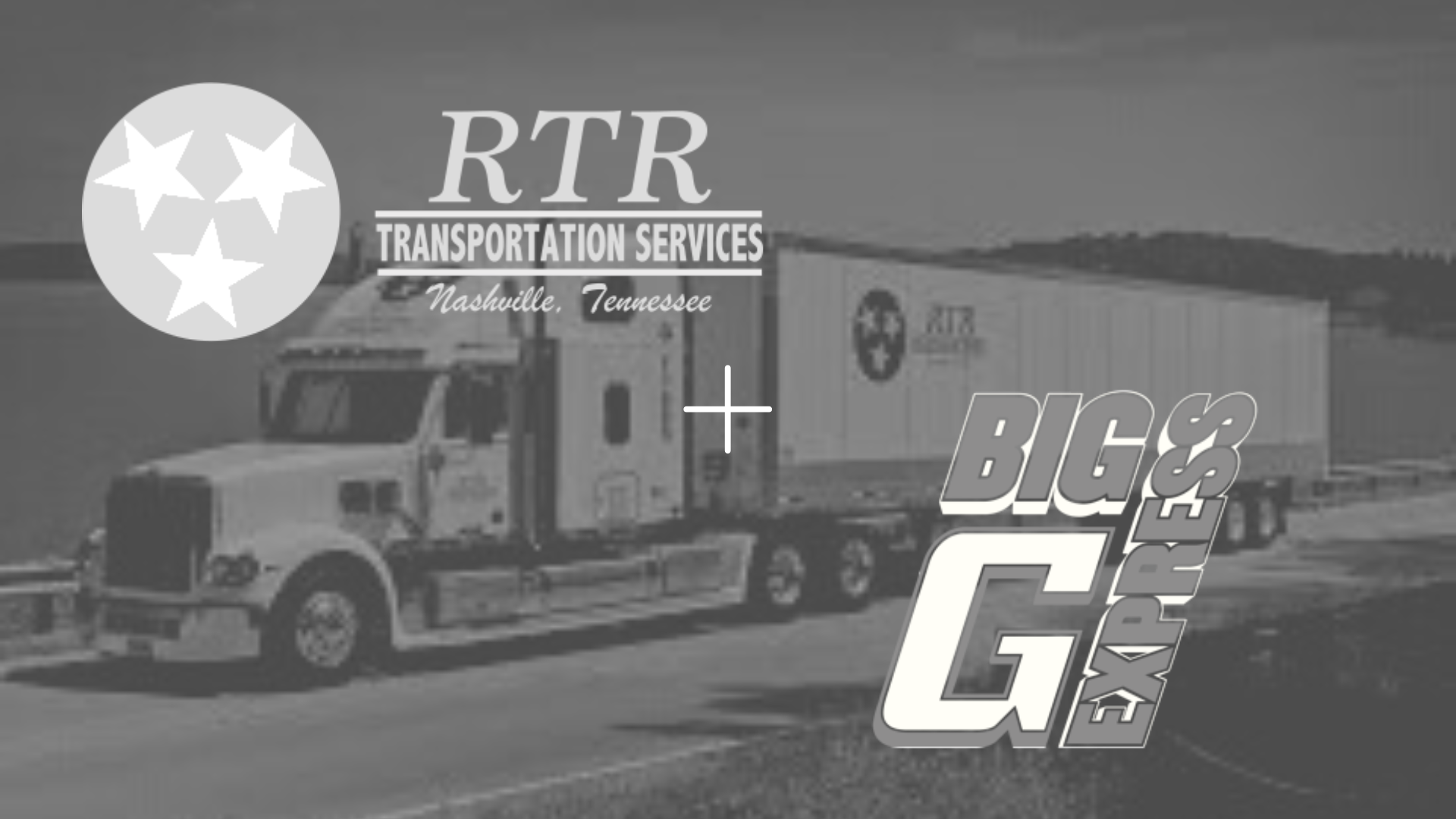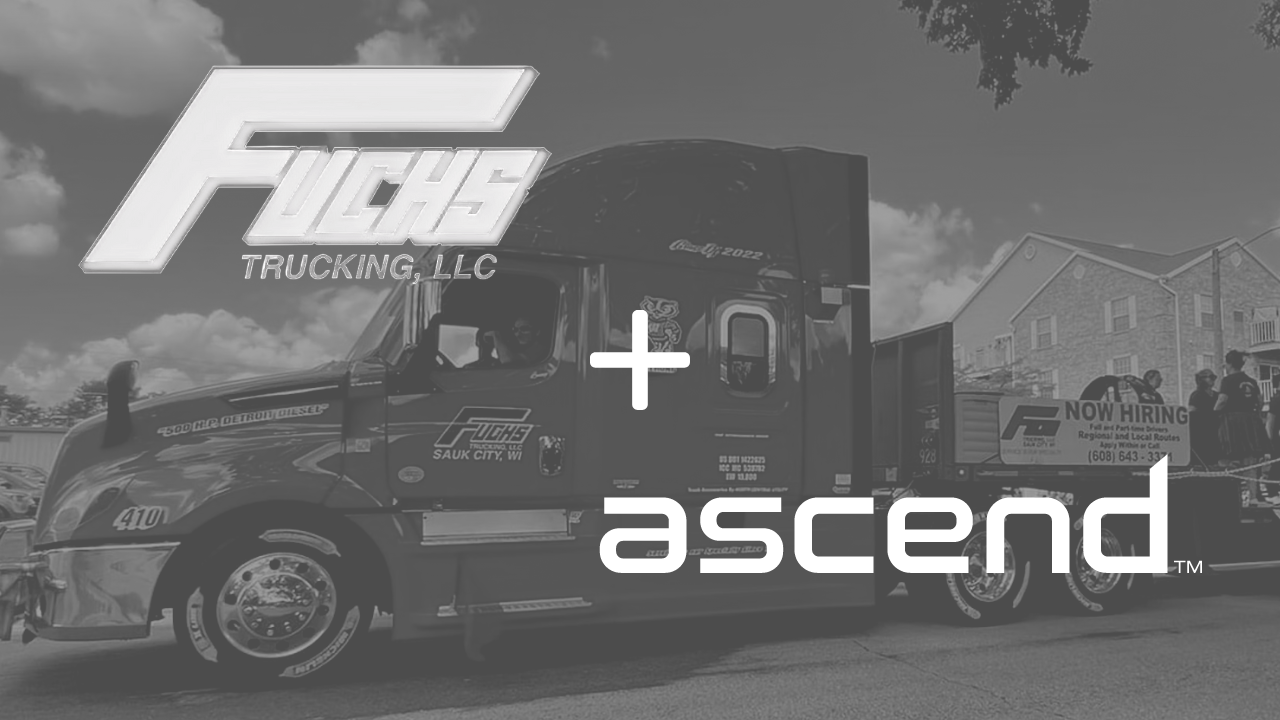Q&A with Todd Reiser – Excess Auto Market Discussion
Posted on January 20, 2021 by Fusebox Marketing

Q: What are the biggest challenges for larger transportation firms in today’s excess insurance environment?
A: The pricing and availability of excess insurance coverage has been drastically impacted by the large number of adverse verdicts and settlements that have impacted the transportation industry. Prior to two or three years ago, the industry had grown accustomed to being able to procure large chunks of insurance capacity at relatively low prices. The more recent results have led to a market where capacity is only available in smaller amounts, often in 5 million increments. Insureds need many more insurers to participate on their programs to build up a block of capacity, increasing frictional cost and creating a more difficult environment in the event of a claim. The number of potential insurers for each layer is extremely limited, resulting in a much less competitive environment where underwriters can dictate premiums without much fear of competition.
Q: How can transportation firms make decisions on how much excess limit they buy, and what are the various elements to these decisions?
A: There are several factors to consider in making these decisions including the cost, the financial condition of the insured and its assets, the amounts your peer companies purchase, and venue considerations. The main determining factor is the increased cost, which we have seen rise as much as 300-400% year-over-year for higher layers. Even the lower layers in the first 10 million of coverage are up 30-50% even for fleets with no adverse loss experience. Unfortunately for a number of insureds, the cost increase is too much to bear and they are being forced to purchase less limit. Financial condition is also a factor, as well-capitalized companies with a lot of assets may decide they need to pay these higher premiums to protect their balance sheets. Well-versed transportation insurance brokers can provide benchmarking and analytics to help make these difficult decisions.
Q: If I have a bad claim situation arise, how can I best protect my company and ensure the best result?
A: In the event of a claim, it is important to act quickly and get the process moving as fast as possible. Involve the broker, insurance companies, and any third parties immediately (claims administrators, attorneys, adjusters, investigators). Make sure you have established processes in place with all these parties to ensure an immediate response to the claim. If an insurance company claim team is handling the claim, be sure you have agreed upon special claim handling instructions in advance, including what counsel the company may retain and how much feedback you will have in the claim process. Many insureds find themselves frustrated by decisions the insurance company makes on their behalf during the claim process without their input, and a clear understanding between the parties can make for a much more productive settlement process. It has been shown time and time again that timely and proactive response to claims drives significantly better results.
Q: How can I take steps to protect my company and avoid these types of adverse settlements/verdicts?
A: The internal processes and procedures you create and enforce can have a huge impact on your company if you find yourself the target of the plaintiff’s bar. As we have seen too often, the facts of the accident can be less and less relevant to a skilled attorney, and the reptile theory and associated tactics can paint your company in a very bad light to a jury. Develop and enforce written safety protocols, claims handling procedures, hiring standards, and other related company policies, and then remain vigilant in holding to these standards. Plaintiff’s attorneys will look to uncover discrepancies, failures to adhere to policies, hiring exceptions, loads brokered to unsafe carriers, etc. as evidence of an unsafe culture that is a danger to the public. Work with your insurers, broker, advisors and legal counsel to review and enhance your policies on an ongoing basis.
Q: Are there any specific issues for passenger transportation in this extremely difficult market?
A: The same issues facing the broader commercial auto marketplace are having a large impact on the passenger space as well. Some excess insurers will not entertain passenger exposure, which limits the available markets for bus companies. Although the number of critical accidents in this space is very low, the possibility of catastrophic claim is still definitely present. Cost and capacity pressures have forced all but the largest insureds to purchase the minimum 5 million limit, or potentially one layer of excess above it. One other difficult exposure is Sexual Abuse/Molestation (SAM) coverage, which is being excluded more and more often by primary and excess insurers. Unfortunately, this is a trend across the broader insurance industry, as we have seen more and more claims of this nature occur. Often the only available options will be London-based coverage with high deductibles and cost, forcing many to self-insure.


